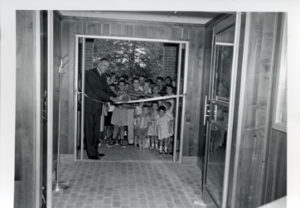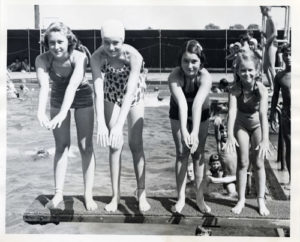With Halloween lurking just around the corner, it seems only appropriate that we should rummage through some of Arlington’s own “X-Files” and blow the dust off of an incident alleged to have happened at Arlington Hall, a girls finishing school turned intelligence post. Though anecdotal in nature, this recollection from an anonymous military policeman has much more detail than is the norm and is a fascinating story.
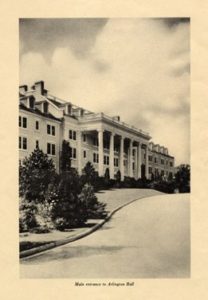
One evening, while on patrol, the policeman overheard various discussions on his police radio about a number of odd occurrences in a certain building. In fact, the building was one in which the policeman himself had previously heard strange noises while on duty. During the course of the evening, MPs assigned to the first floor desk in the building were hearing footsteps from the floor above. The footsteps had the characteristics of a person walking on a hard, wooden floor, and then stepping onto a carpeted, softer surface. After a supervisor was summoned to the scene, this activity was heard again, causing the supervisor and additional personnel to investigate the second floor, to no avail. At the same time, a second patrol which was en route to the scene, noticed what appeared to be a female figure clad in a floral print dress who repeatedly entered and exited an upstairs ladies bathroom, pausing to regard her reflection in front of a mirror. After observing this behavior, the patrol notified the MPs at the downstairs service desk, who again investigated the area in which this activity is alleged to have taken place, with a similar lack of results.
One would think that all of this is mysterious enough, but, it was later learned that the building in which this incident occurred was rumored to have been haunted by the ghost of a young woman from the time when Arlington Hall was a girls finishing school. Supposedly, after becoming pregnant by a stable hand, the young woman took her life out of fear of the embarrassment and shame that it would have brought to her family.
What about you?
Do you have a spooky tale to tell? Tell us about any hauntings or mysterious occurrences that you have encountered in Arlington.
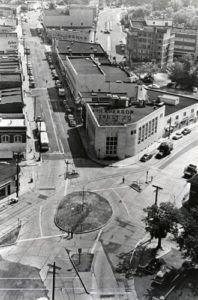
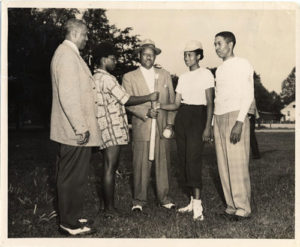


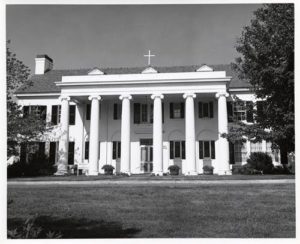
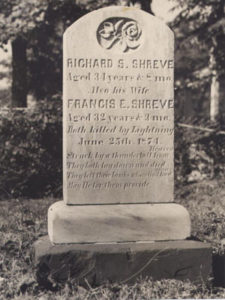 Of the two Shreve family cemeteries in Arlington, the Southern-Shreve cemetery could possibly lay claim to having a more unique history. Located on the north side of Fairfax Drive, between North Frederick and North Harrison streets, the cemetery sat near the property of Richard and Frances (Redin) Southern. Richard Southern was a landscape architect and horticulturist, who became known for pioneering the use of the tomato as a food. It may seem hard to believe in these modern times, but prior to Southern’s efforts, the tomato was widely regarded as being poisonous and was only used for decorative purposes.
Of the two Shreve family cemeteries in Arlington, the Southern-Shreve cemetery could possibly lay claim to having a more unique history. Located on the north side of Fairfax Drive, between North Frederick and North Harrison streets, the cemetery sat near the property of Richard and Frances (Redin) Southern. Richard Southern was a landscape architect and horticulturist, who became known for pioneering the use of the tomato as a food. It may seem hard to believe in these modern times, but prior to Southern’s efforts, the tomato was widely regarded as being poisonous and was only used for decorative purposes.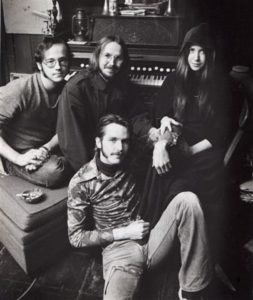 Progressive rock… I’m sure that some of you still have a few King Crimson, Yes, Moody Blues, or Emerson, Lake, & Palmer albums lurking in your collections somewhere. While never approaching the popularity of the aforementioned groups, Arlington’s very own entry into the progressive rock sound of the 70’s, The Seventh Dawn, had a story arguably as unique as any, and a sound that avoided the pitfall of many of their superstar contemporaries, which has led to a modest, but well deserved reappraisal of the band that few could have predicted.
Progressive rock… I’m sure that some of you still have a few King Crimson, Yes, Moody Blues, or Emerson, Lake, & Palmer albums lurking in your collections somewhere. While never approaching the popularity of the aforementioned groups, Arlington’s very own entry into the progressive rock sound of the 70’s, The Seventh Dawn, had a story arguably as unique as any, and a sound that avoided the pitfall of many of their superstar contemporaries, which has led to a modest, but well deserved reappraisal of the band that few could have predicted.